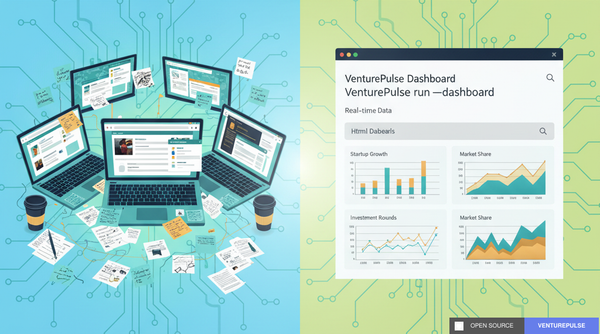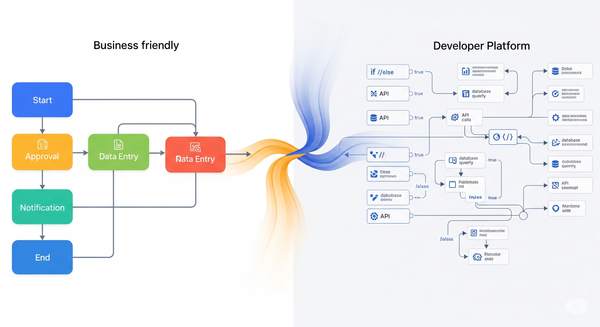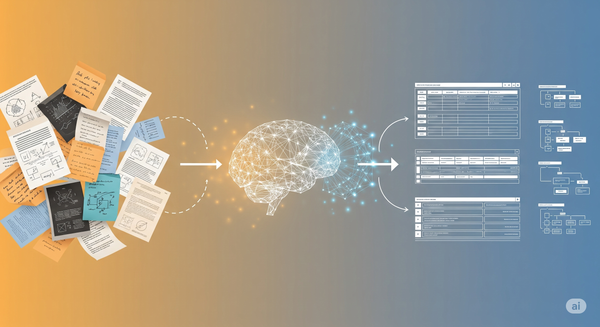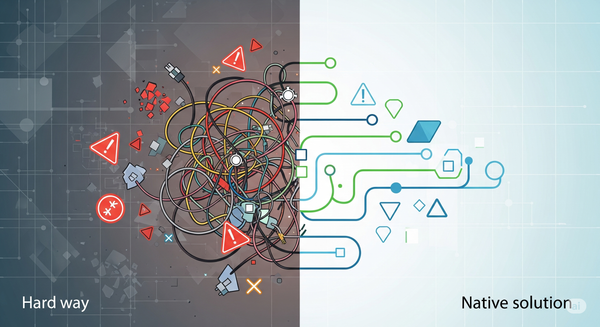Debunking Ethanol Myths: What 30+ Years of Research Actually Shows
How a single social media post led me down a rabbit hole of automotive fuel research—and what I discovered might surprise you.
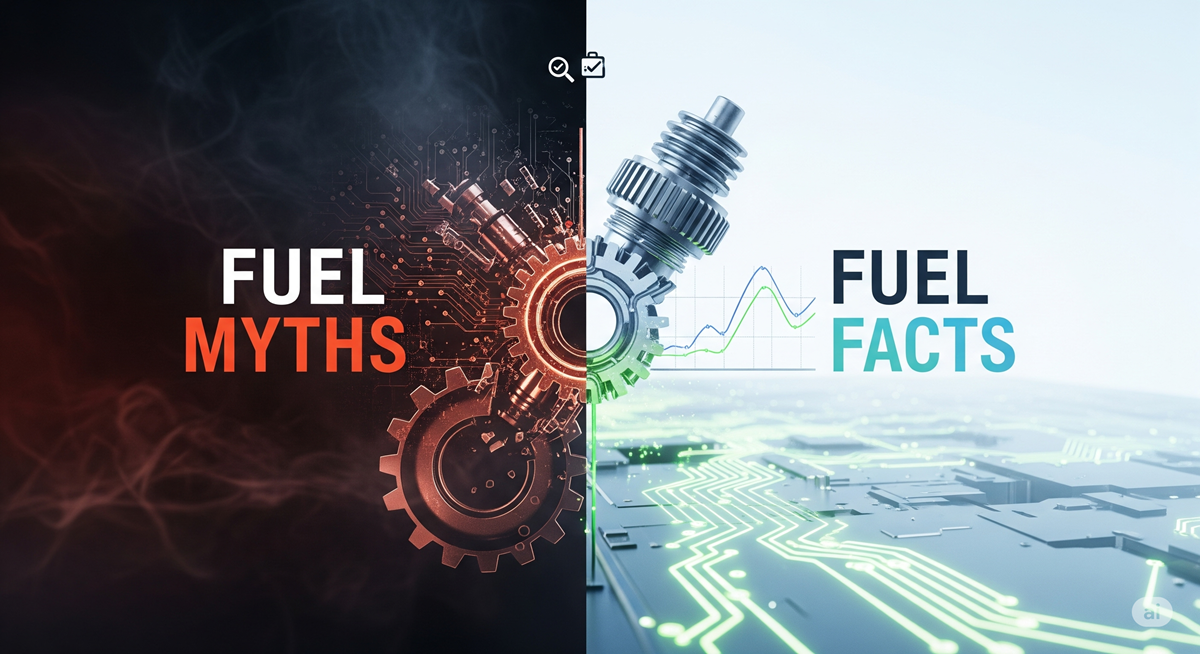
Recently, I came across a post from someone I deeply respect, sharply criticizing ethanol use in automotive fuels, particularly in the context of India's energy policy. The post painted ethanol as both environmentally harmful and damaging to vehicle engines—claims that seemed to contradict what I thought I knew about biofuels.
Rather than engage in a political debate, I decided to do what any good technologist should do: dive into the actual research and let the data speak for itself.
What I found after examining 30+ years of peer-reviewed studies, government reports, and industry data was not just surprising—it was compelling enough to spend days creating a comprehensive research analysis.
The Headlines That Matter
Here's what three decades of Western research actually tells us about ethanol in automotive fuels:
🌱 Environmental Impact: Game Changer
- 44-52% reduction in greenhouse gas emissions compared to gasoline (Argonne National Laboratory, 2021)
- 54.3 million metric tons of CO₂ equivalent saved in 2024 alone in the US
- Continuous improvement: Ethanol's carbon footprint has decreased 20% since 2005
🔧 Engine Compatibility: Problem Solved
- 98%+ of US gasoline now contains ethanol successfully
- 20+ years of proven compatibility with modern vehicles
- Model year 2001+ vehicles approved for E15 by EPA
- Early 1990s concerns systematically addressed through materials engineering
⚖️ The Trade-off Reality
- Yes, ethanol reduces fuel economy by 3-5% for typical blends
- But delivers 40-50% lower emissions per mile driven
- E15 identified as optimal balance of benefits vs. impacts
The Journey from Concern to Confidence
What fascinated me most was tracing the evolution of ethanol adoption—it reads like a textbook case of how an industry can systematically address technical challenges through research and engineering.
1990s: Legitimate concerns about aluminum corrosion, rubber seal degradation, and water absorption
2000s: Systematic engineering solutions, materials improvements, and extensive testing
2010s: EPA approvals, industry adoption, and widespread implementation
2020s: Environmental leadership with advanced production technologies
The story isn't one of reckless adoption, but of careful, evidence-based problem-solving over decades.
Beyond the Fuel Tank
This research taught me something broader about our information ecosystem. When technical topics intersect with policy and politics, nuance often gets lost. A technology that required engineering adaptation gets painted as fundamentally flawed. Environmental benefits get overshadowed by early implementation challenges that were solved years ago.
The ethanol story is a reminder that policy discussions deserve the full context of technological evolution—not just the concerns from early adoption phases.
Diving Deeper
I've compiled all of this research into a comprehensive analysis with an interactive timeline showing the complete evolution from 1990s concerns to today's environmental leadership. It includes:
- 27 peer-reviewed sources and government studies
- Interactive timeline visualization of industry adaptation
- Detailed analysis of optimal blending ratios
- Complete policy evolution from Clean Air Act to current regulations
→ Read the Complete Research: Ethanol in Automotive Fuels
The Bigger Picture
This deep dive reinforced my belief that the best response to questionable claims isn't argumentation—it's rigorous research. When we encounter statements that seem off, especially from people we respect, the most productive path forward is often to dig into the data ourselves.
Sometimes we confirm our initial skepticism. Sometimes we discover our assumptions were wrong. And sometimes, like with ethanol, we find a more nuanced story that policy discussions desperately need.
About This Research
This analysis synthesizes peer-reviewed research, government studies, and industry reports spanning from the 1990s to 2025. All sources are cited and linked in the complete research document. Found an error or have additional sources? I welcome corrections and contributions.
